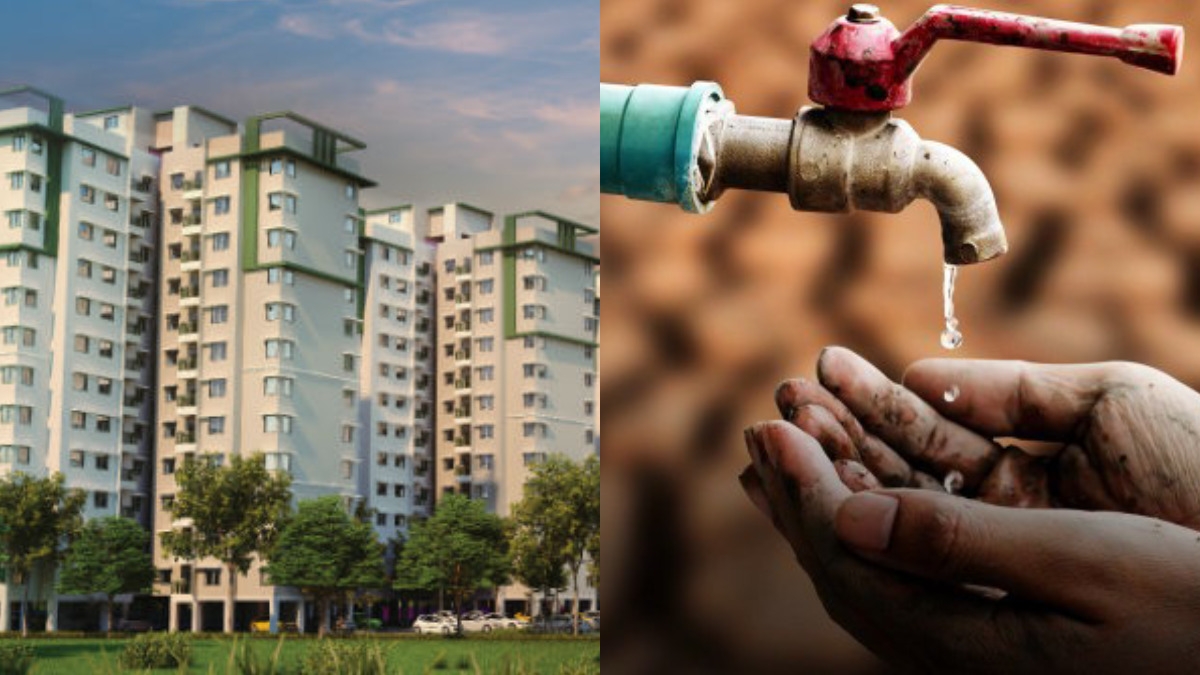
The Highrise Effect: Unraveling the Impact on Groundwater Scarcity in Metro Cities
In the bustling landscape of metropolitan cities, highrise apartments stand tall as symbols of urbanization and modern living. However, behind their towering facades lies a complex interplay of factors, including their contribution to groundwater scarcity. This article delves into the intricate relationship between highrise apartments and the dwindling groundwater resources in metro cities.
Understanding the Dynamics:
Highrise apartments, characterized by their vertical architecture and dense occupancy, have reshaped the urban skyline. Yet, their construction and operation impose significant stress on the local environment, particularly on groundwater reserves. Metro cities, already grappling with burgeoning populations and rapid urban expansion, witness a heightened strain on their water resources due to the proliferation of highrises.
Construction Impact:
The erection of highrise buildings necessitates extensive excavation and foundation work, often penetrating deep into the earth’s crust. This process disrupts the natural hydrological cycle by altering the permeability and recharge capacity of the underlying aquifers. Additionally, the use of heavy machinery and concrete in construction exacerbates surface runoff, reducing the percolation of rainwater into the ground.
Water Consumption:
Highrise apartments are voracious consumers of water, catering to the needs of numerous residents, as well as amenities such as swimming pools, gardens, and air conditioning systems. The escalating demand for water not only strains municipal water supplies but also exacerbates the extraction of groundwater through borewells. This overexploitation leads to aquifer depletion, causing groundwater levels to plummet and wells to run dry.
Stormwater Mismanagement:
The proliferation of highrises diminishes the pervious surface area, replacing it with impermeable structures and paved surfaces. Consequently, rainwater that once replenished groundwater now rushes off rooftops and pavements, overwhelming drainage systems and leading to urban flooding. This inefficient stormwater management further diminishes the recharge potential of aquifers, exacerbating groundwater scarcity during periods of drought.
Mitigating Measures:
Addressing the nexus between highrise development and groundwater scarcity necessitates a multi-faceted approach. Implementing stringent regulations on groundwater extraction, incentivizing water-efficient technologies in construction, and promoting sustainable urban design are imperative steps. Furthermore, integrating green infrastructure, such as rainwater harvesting systems and permeable pavements, can enhance groundwater recharge and mitigate the adverse effects of highrise development.
Conclusion:
While highrise apartments symbolize progress and urban sophistication, their unchecked proliferation poses a significant threat to groundwater resources in metro cities. Recognizing the intricate linkages between highrise development, water consumption, and groundwater scarcity is crucial for fostering sustainable urban growth. By embracing innovative solutions and holistic planning strategies, metro cities can mitigate the adverse impacts of highrises and safeguard their precious groundwater reserves for future generations.







